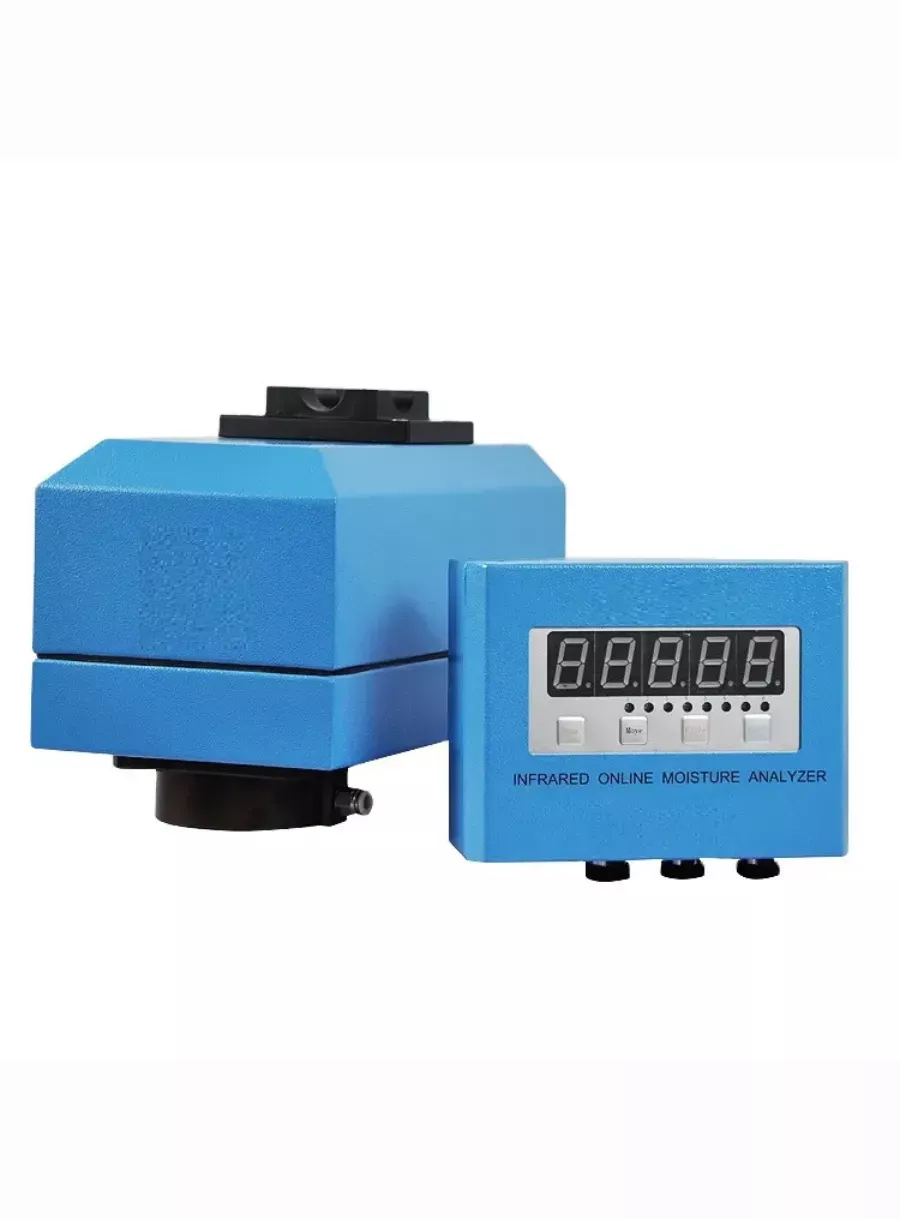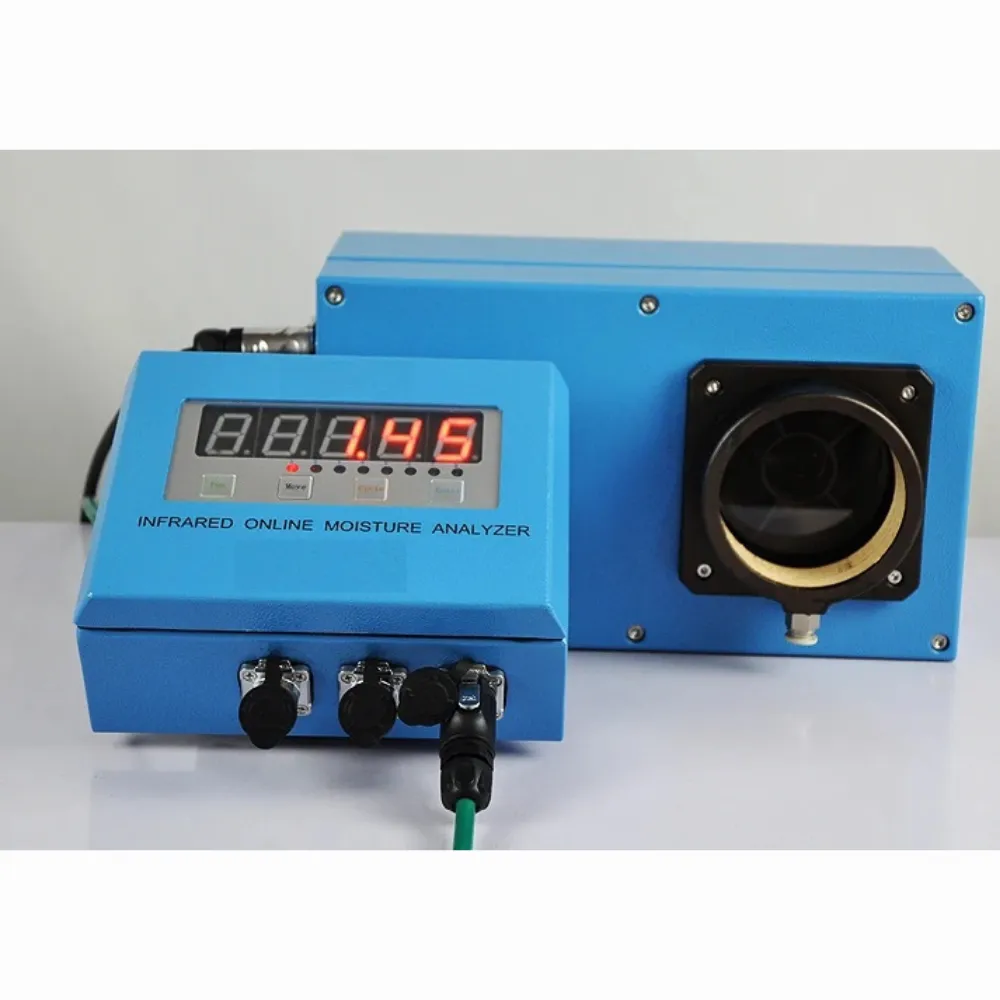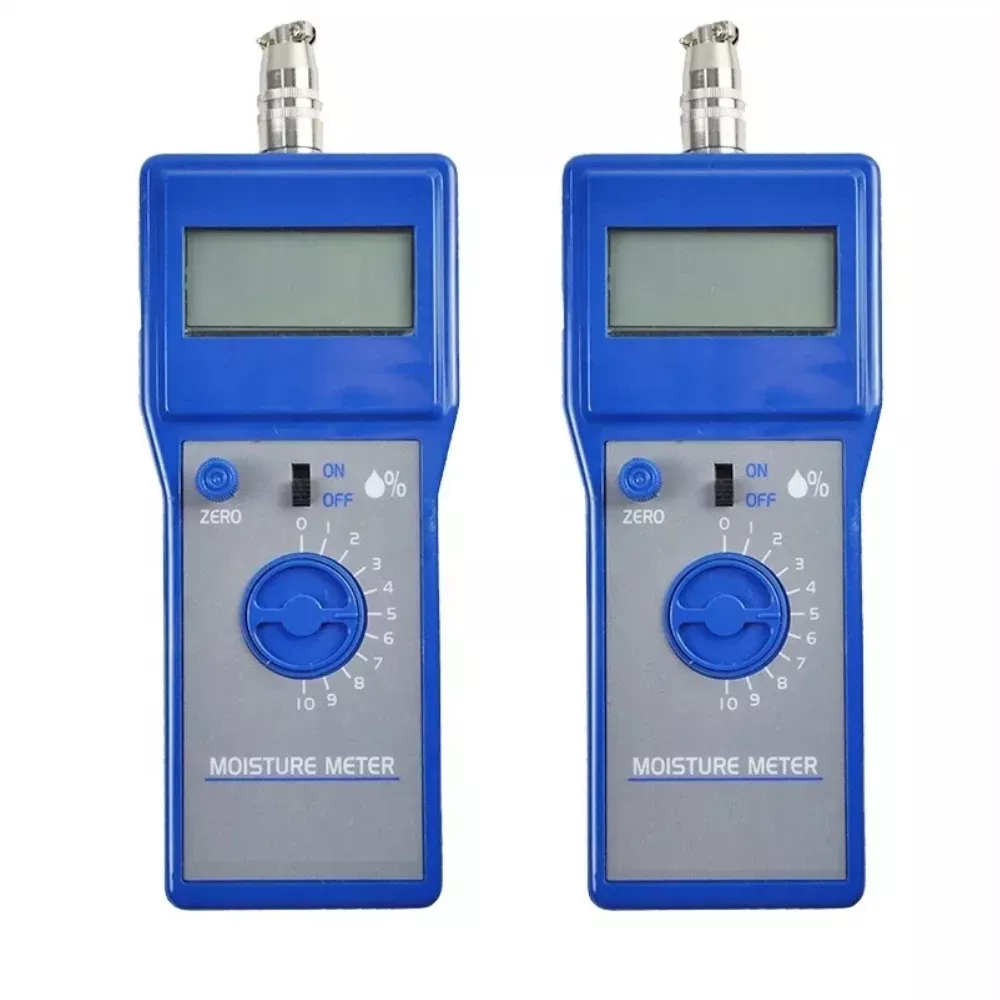
The Future of Textile Moisture Meters: Innovations and Developments
Table of Contents
The textile industry has been experiencing significant growth in recent years, driven by the increasing demand for high-quality fabrics and garments. As a result, the need for accurate and reliable moisture meters has become more crucial than ever. In this article, we will explore the future of textile moisture meters, focusing on the innovations and developments that are shaping the industry.
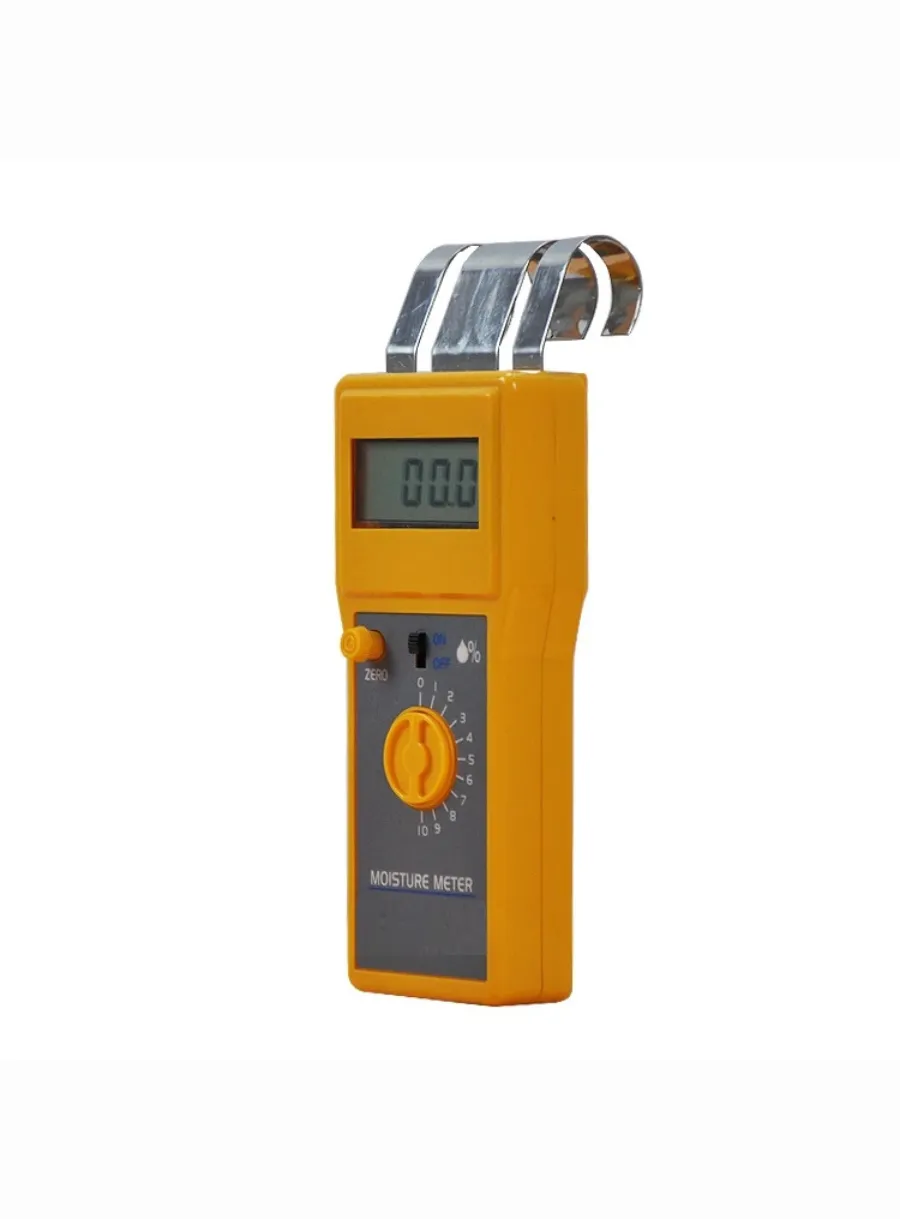
One of the most significant advancements in textile moisture meters is the integration of advanced sensor technology. Traditional moisture meters relied on mechanical sensors, which were prone to wear and tear and required frequent calibration. However, the introduction of electronic sensors has revolutionized the industry, offering greater accuracy, durability, and ease of use. These sensors are capable of detecting even the slightest changes in moisture levels, ensuring that manufacturers can maintain consistent quality standards.
Another key development in textile moisture meters is the incorporation of wireless technology. This allows for real-time monitoring of moisture levels, enabling manufacturers to make informed decisions about their production processes. Wireless moisture meters can be connected to smartphones or other devices, providing instant access to data and eliminating the need for manual readings. This not only saves time but also reduces the risk of human error.
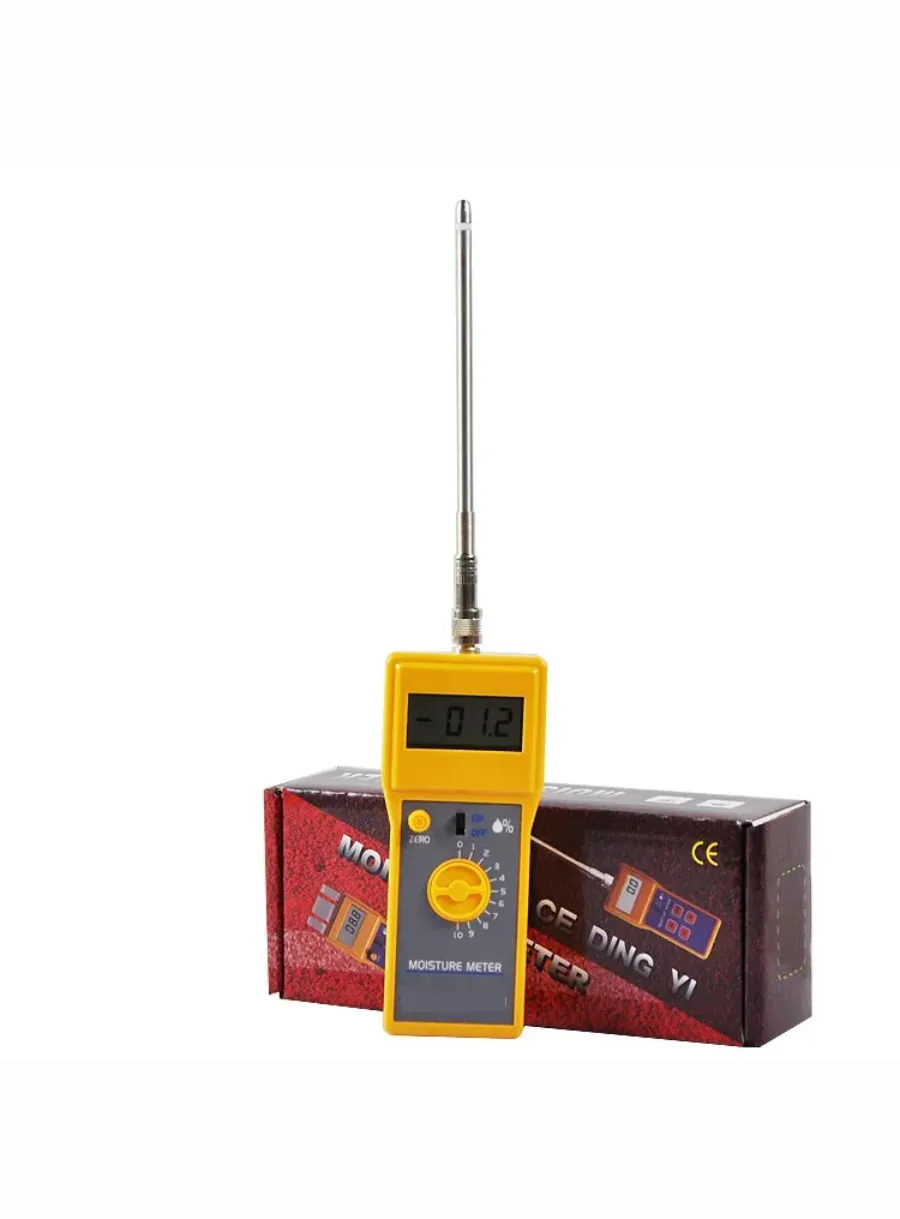
AI and Machine Learning: Optimizing Production Processes
The future of textile moisture meters also lies in the integration of artificial intelligence (AI) and machine learning algorithms. These technologies can analyze large amounts of data to identify patterns and trends, enabling manufacturers to optimize their production processes and reduce waste. AI-powered moisture meters can even predict potential issues before they arise, allowing for proactive measures to be taken.
Sustainability: Eco-Friendly Moisture Meter Solutions
In addition to technological advancements, there is a growing emphasis on sustainability in the textile industry. As a result, manufacturers are increasingly seeking out eco-friendly moisture meters that use fewer resources and generate less waste. This has led to the development of moisture meters made from recyclable materials and powered by renewable energy sources, such as solar power.
Internet of Things (IoT): Enhancing Collaboration and Efficiency
Furthermore, the rise of the Internet of Things (IoT) is expected to have a significant impact on the future of textile moisture meters. IoT-enabled moisture meters can be connected to a network of devices, allowing for seamless data sharing and collaboration between different stakeholders in the supply chain. This can help to streamline production processes and improve overall efficiency.
Conclusion: A New Era of Textile Quality Control
In conclusion, the future of textile moisture meters is bright, with numerous innovations and developments set to shape the industry. From advanced sensor technology and wireless connectivity to AI-powered predictions and sustainability initiatives, the textile industry can look forward to a new era of accuracy, efficiency, and eco-friendliness. As the demand for high-quality fabrics and garments continues to grow, so too will the need for reliable and advanced moisture meters to ensure that manufacturers can maintain the highest standards of quality and consistency.
Comments
Tags
Frequently Asked Question
AI can analyze data patterns to optimize production processes, predict potential issues, and enable proactive quality control measures.
Wireless meters allow real-time monitoring, instant data access, and reduce manual reading errors, improving efficiency and accuracy.
Manufacturers are developing eco-friendly meters using recyclable materials and renewable energy sources like solar power.
IoT-enabled meters will facilitate seamless data sharing and collaboration across the supply chain, streamlining production processes.

